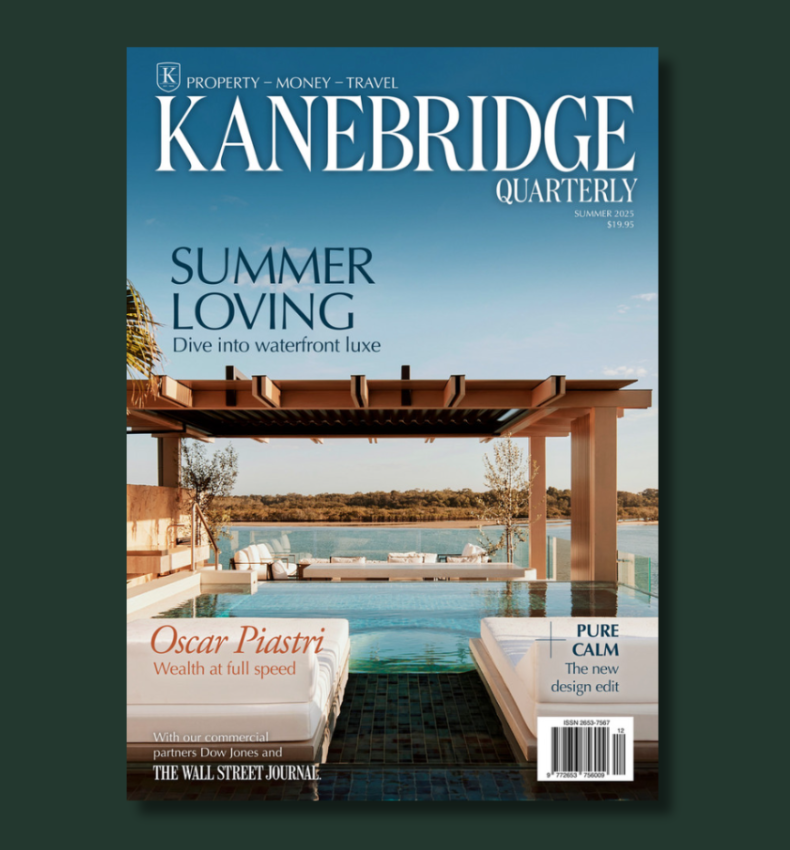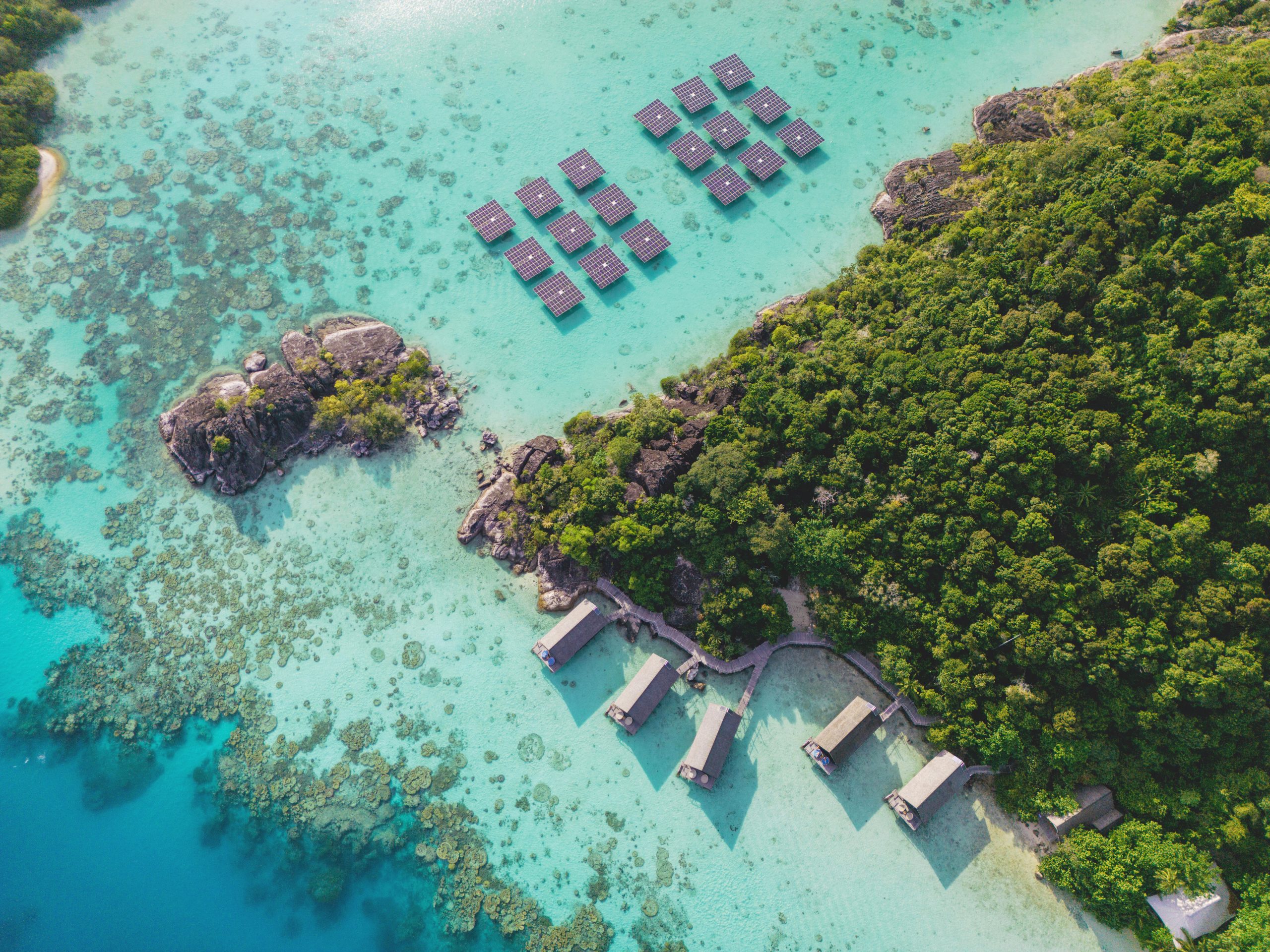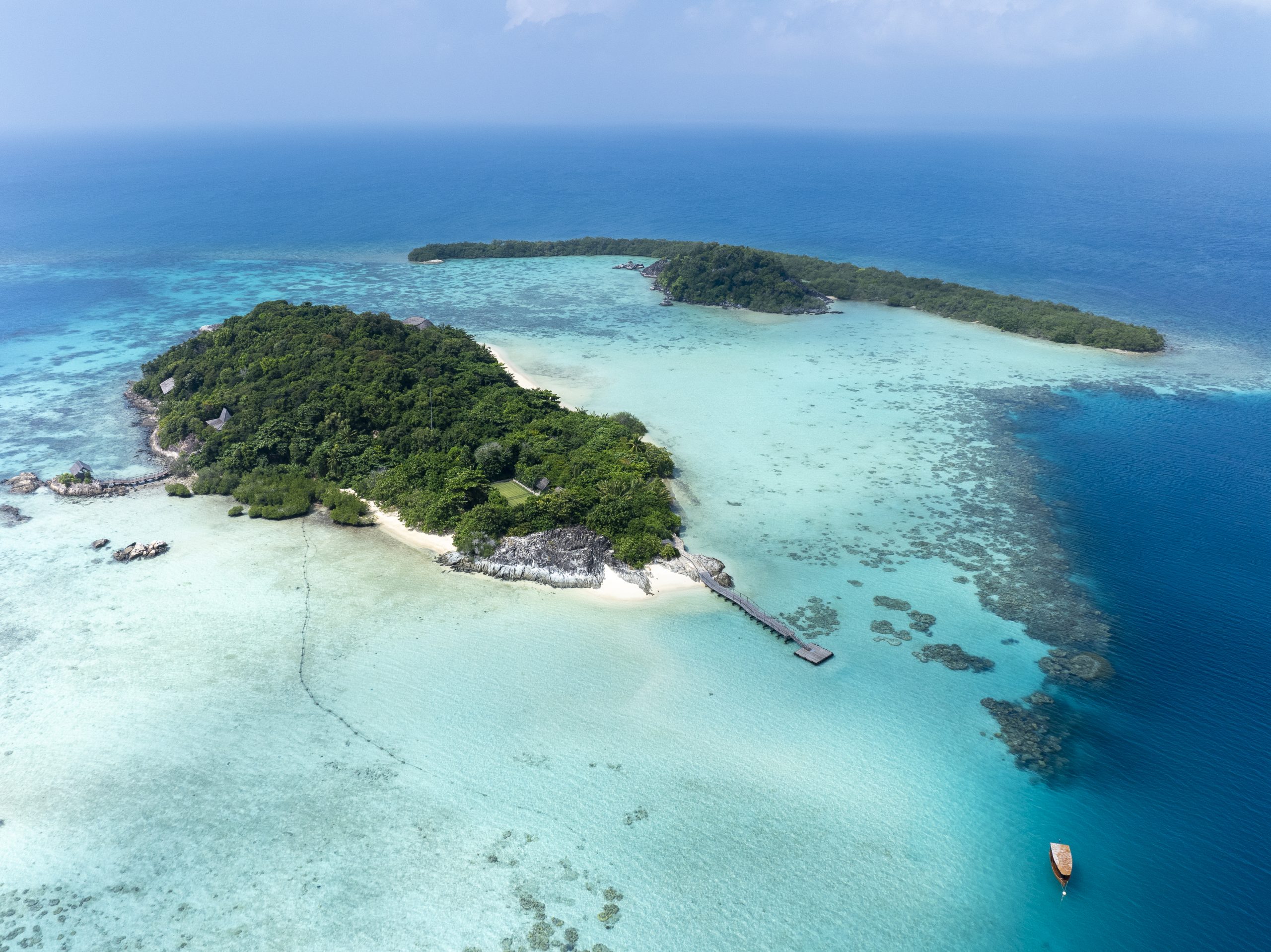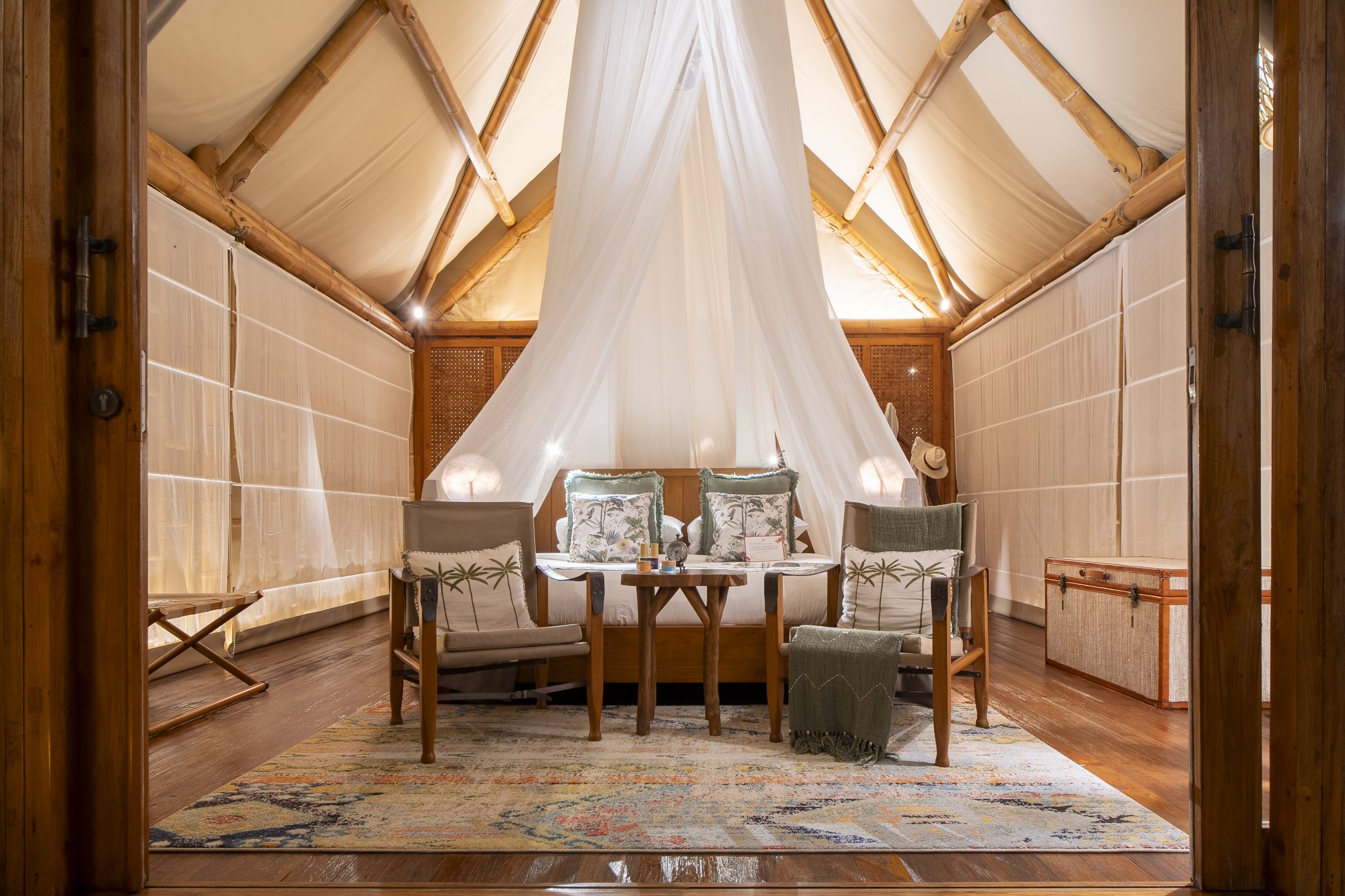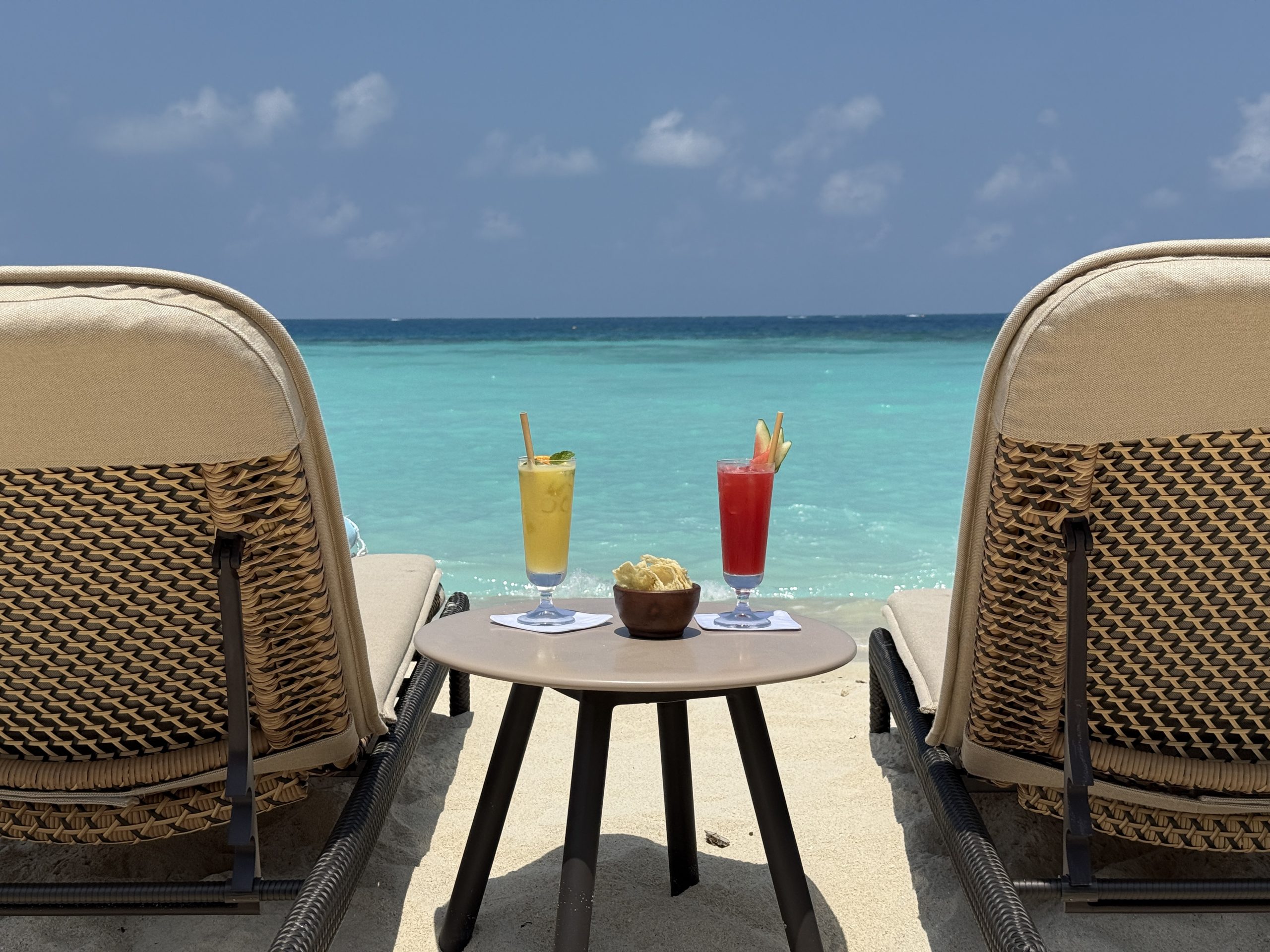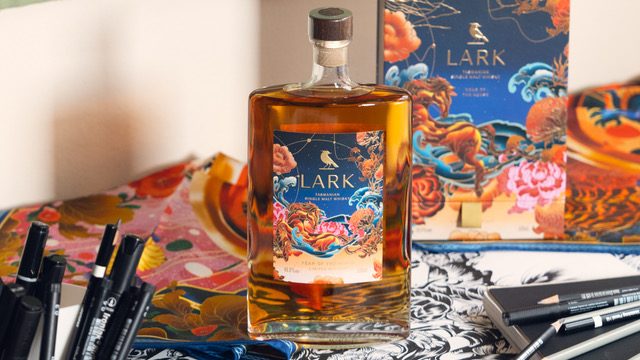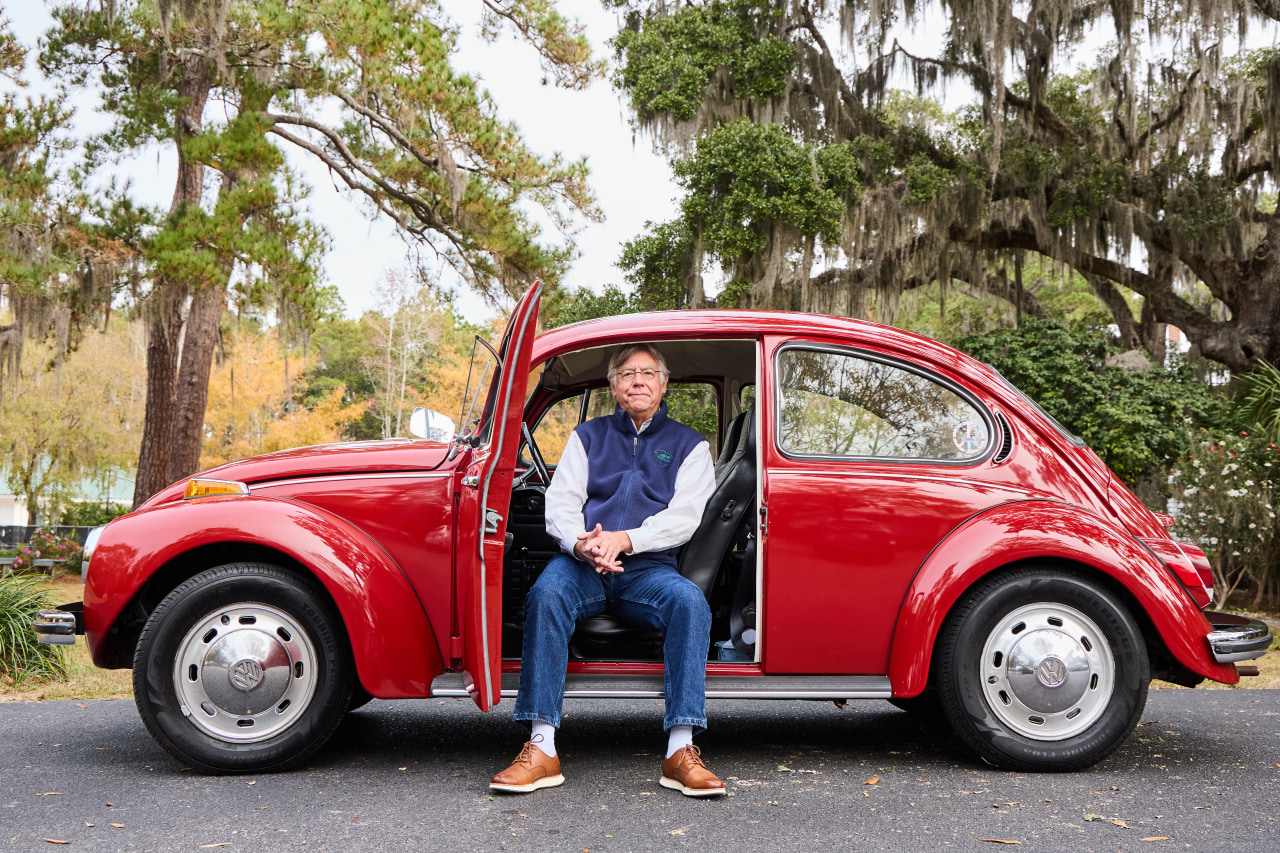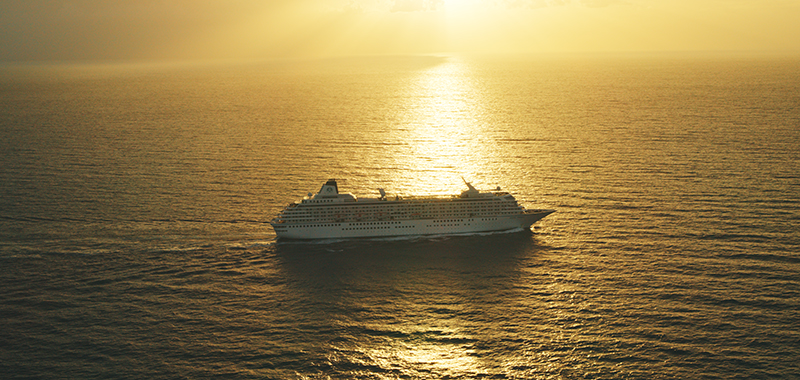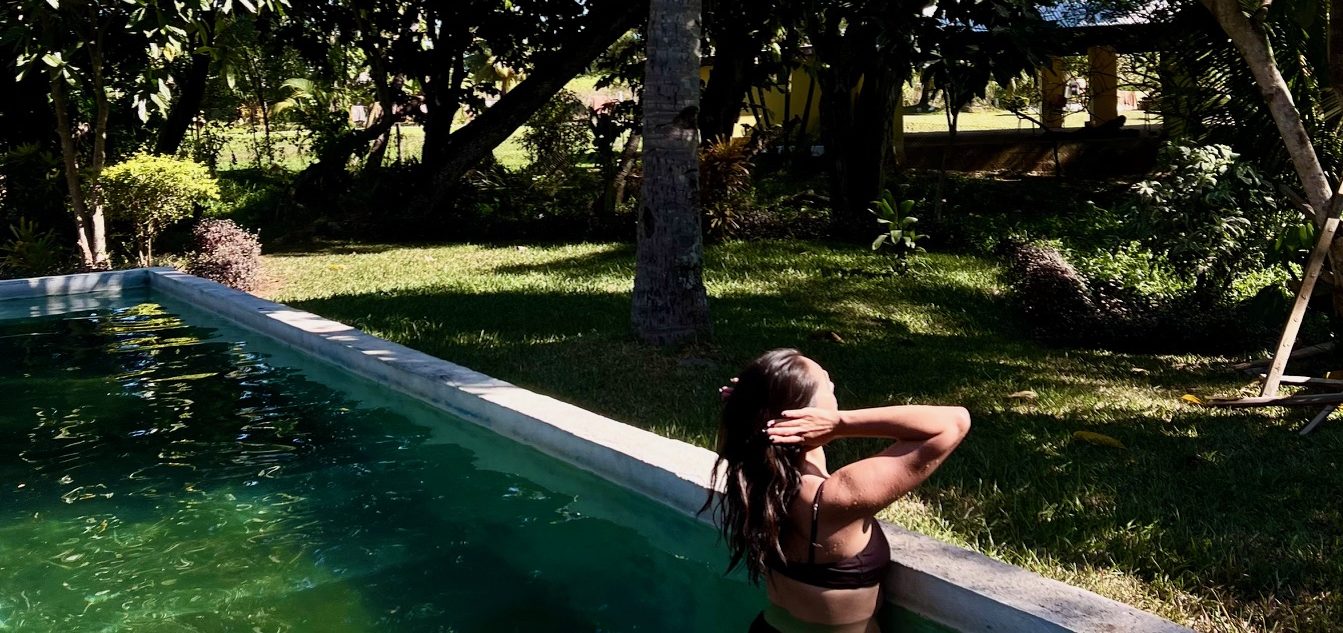BAWAH RESERVE PUTS ANAMBAS ISLANDS ON THE LUXURY MAP
In the remote waters of Indonesia’s Anambas Islands, Bawah Reserve is redefining what it means to blend barefoot luxury with environmental stewardship.
Until recently, the Anambas Islands were barely a blip on the radar of international travellers. Scattered between Singapore and Borneo, this little-known archipelago has become an emerging hotspot for high-net-worth travellers seeking privacy, nature and sustainable luxury. At the centre of this rise is Bawah Reserve, a secluded six-island retreat that can only be reached by private seaplane.
The Reserve is set within a marine conservation zone that protects coral reefs, lagoons and rainforest. With just 36 villas and bungalows, Bawah was never designed to be a mass tourism destination. Instead, it is positioned as a model of low-impact development: activities are curated to connect guests to their surroundings while ensuring the fragile ecosystem remains intact.
Nature as the main attraction
Days at Bawah revolve around the landscape. Guests can dive and snorkel in reef systems still teeming with marine life, trek through rainforest to elevated lookouts, or simply swim off one of the Reserve’s 13 beaches. Those after a slower pace gravitate towards the Aura Wellbeing Deck for sunrise yoga or the spa, where treatments use botanicals sourced from the islands.
Food and culture also form part of the experience. The resort runs Indonesian coffee workshops and even a “scent bar” where visitors can create perfumes using tropical ingredients. One of the most talked-about experiences is the Castaway Picnic, which ranges from a white-tablecloth meal prepared by a private chef to a stripped-back family beach outing.
Evenings are more communal, with stargazing, cinema screenings beneath the open sky, or traditional Indonesian beach barbecues.
A growing profile
Paul Robinson, COO of Bawah Reserve, frames the philosophy around connection. “Bawah isn’t just a place you visit – it’s a place that stays with you. Our activities are crafted to connect guests to the spirit of the islands, whether through adventure, creativity, or quiet moments of reflection”.
That approach appears to be working. In recent years, the Anambas Islands have gained attention among Asia’s luxury travellers, partly due to their proximity to Singapore and partly because of properties like Bawah that position sustainability as part of the drawcard. The Reserve’s ultra-private Elang Residence, available only for exclusive group stays, has further lifted its profile.
The bigger picture
Bawah is part of a broader trend in high-end travel: ultra-remote destinations that sell not just luxury but the sense of being among the last to experience an untouched landscape. Unlike the Maldives or Phuket, the Anambas remain largely under the radar — a fact that gives Bawah an advantage with travellers tired of crowded hotspots.
The challenge, as with many eco-luxury projects, will be balancing exclusivity and environmental responsibility as demand grows. For now, Bawah Reserve stands as both a sanctuary for travellers and a statement about the future direction of Southeast Asian luxury tourism.
Formula 1 may be the world’s most glamorous sport, but for Oscar Piastri, it’s also one of the most lucrative. At just 24, Australia’s highest-paid athlete is earning more than US$40 million a year.
From gorilla encounters in Uganda to a reimagined Okavango retreat, Abercrombie & Kent elevates its African journeys with two spectacular lodge transformations.
Tasmania’s LARK Distillery’s limited-edition single malt is shaping up to be one of the season’s most luxurious gifts.
If you’re hunting for a Christmas present that won’t end up re-gifted by February, LARK Distillery has delivered something genuinely special.
The Tasmanian whisky house has unveiled its 2026 Limited Edition Lunar New Year release, the Fire Horse Edition, a striking single malt that blends craftsmanship, culture and collectability.
Inspired by the Year of the Fire Horse, the release is as much an artistic object as it is a whisky.
Sydney artist Chris Yee has cloaked the bottle in a luminous wrap of symbolism and texture. His design fuses fire, wood and water, with Cradle Mountain and celestial motifs anchoring the scene.
Waves of movement and paths of connection run through the artwork, reflecting the journeys, traditions and family reunions that define the season.
Yee describes the concept in the release as an homage to the natural elements that shape both Asian and Australian cultures, saying he wanted to highlight how “fire, wood and water” sit at the heart of the distilling process and the stories we share.
Inside the bottle, the whisky is just as layered.
Matured in first-fill Sherry and Port casks, it opens with soft pear blossom and honeyed tea notes before moving through orange-spiced cake, apricot compote and treacle sponge pudding.
The finish lingers with hazelnut praline, glazed fruits and a whisper of highland peat smoke. It’s indulgent without being heavy; festive without being overly sweet.
LARK Master Distiller Chris Thomson captures the sentiment neatly in the release, saying the Fire Horse Edition “is about more than flavour, it’s about the feeling of coming together.”
The whisky holds the celebration in the glass, while the artwork reflects the journey home.
For those planning Lunar New Year drinks, LARK also suggests a few seasonal serves, including a Sencha Blossom Old Fashioned and a Toasted Fortune Highball with toasted sesame cordial.
With only a limited number available and strong gifting appeal, expect this one to move quickly.
From Italy’s $93,000-a-night villas to a $20,000 Bowral château, a new global ranking showcases the priciest Airbnbs available in 2026.
Formula 1 may be the world’s most glamorous sport, but for Oscar Piastri, it’s also one of the most lucrative. At just 24, Australia’s highest-paid athlete is earning more than US$40 million a year.



